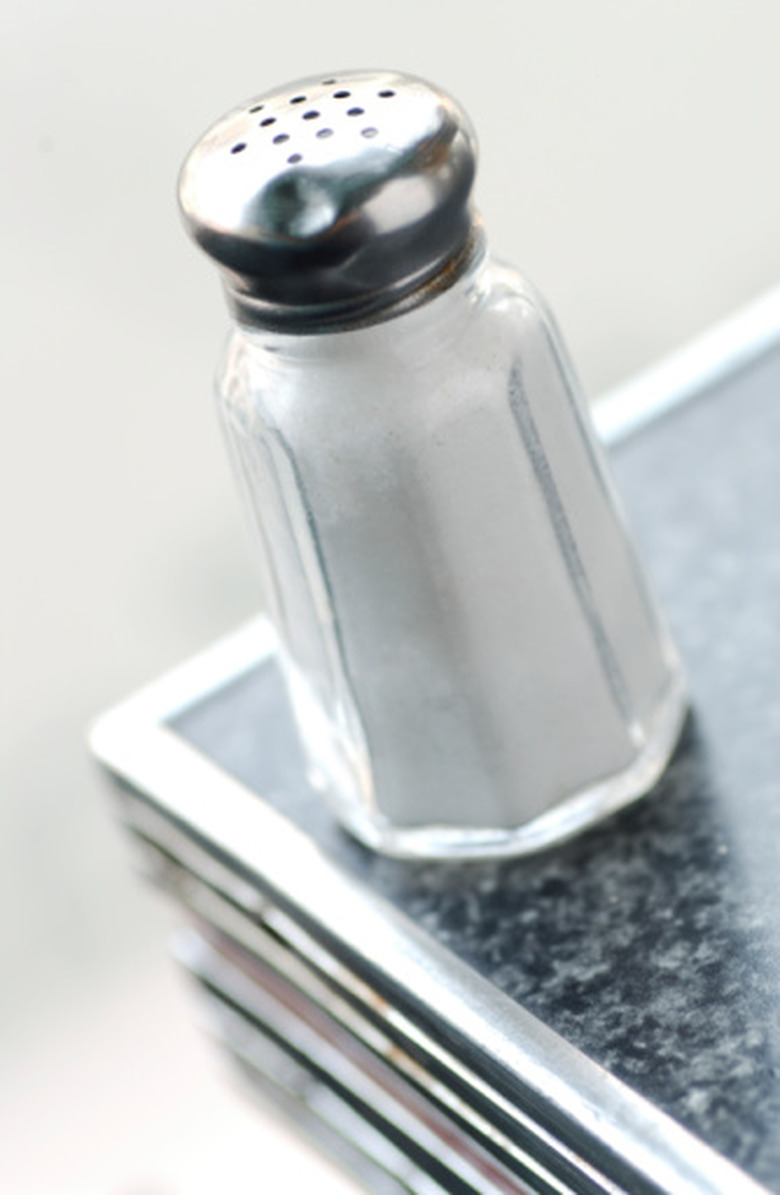Elements That Lose Electrons In A Reaction
When two elements react, they form a compound by sharing, donating or accepting electrons. When two significantly different elements bond, such as a metal and a non-metal, one element controls the other's electrons most of the time. While it is not strictly accurate to say that no sharing occurs, the sharing is so greatly in favor of one element, that for all practical purposes, its partner is said to have donated or "lost" its electron.
Electronegativity
Electronegativity
Electronegativity describes the tendency of an element to gain electrons. This attribute was formally defined by Linus Pauling in 1932, who also developed the quantitative electronegativity measurement that today is called the Pauling scale. The elements that are most likely to lose electrons in a reaction are those that are lowest on the Pauling scale, or which are the most electropositive. Since electronegativity generally increases as you go from the bottom left corner of the periodic table to the upper right corner, the elements at the bottom of group 1A fall lowest on the scale, with cesium and francium scoring a 0.7. In almost any reaction, the alkali metals in group 1A and the alkaline earth metals in group 2A will lose their electrons to their more electronegative partners.
Ionic Bonds
Ionic Bonds
When two elements a with significant difference in electronegativity react, an ionic bond is formed. Unlike a covalent bond, in which both atoms' outer electrons are shared, the more electropositive element in an ionic bond loses most of its control over its electron. When this occurs, both elements are called "ions." The element that has lost its electron is called a "cation" and is always stated first in the chemical name. For example, the cation in sodium chloride (table salt) is the alkali metal sodium. The element that accepts the electron from the cation is called the "anion" and is given the suffix "-ide," as in chloride.
Redox Reactions
Redox Reactions
An element in its natural state has an equal number of protons and electrons, giving it a net charge of zero; however, when an element loses an electron as part of a chemical reaction it becomes positively charged, or oxidized. At the same time, the element that took the electron becomes more negatively charged, or reduced. These reactions are called reduction-oxidation, or "redox," reactions. Because the electron donor, or oxidized element, causes another element to be reduced, it is called the reduction agent.
Lewis Bases
Lewis Bases
A Lewis base is any element, ion or compound that loses an unbonded pair of electrons to another element, ion or compound. Since the more electropositive element always loses its electrons, this is always the species that becomes the Lewis base. Note, however, that not all Lewis bases completely lose their electrons; for example, when two non-metals bond, the electrons are often shared, albeit unevenly. When a metal bonds with a non-metal, however, the result is a Lewis base with an ionic bond, in which the metal, for all practical purposes, has lost its electron pair.
Cite This Article
MLA
Arnold, Kylene. "Elements That Lose Electrons In A Reaction" sciencing.com, https://www.sciencing.com/elements-lose-electrons-reaction-8478195/. 24 April 2017.
APA
Arnold, Kylene. (2017, April 24). Elements That Lose Electrons In A Reaction. sciencing.com. Retrieved from https://www.sciencing.com/elements-lose-electrons-reaction-8478195/
Chicago
Arnold, Kylene. Elements That Lose Electrons In A Reaction last modified March 24, 2022. https://www.sciencing.com/elements-lose-electrons-reaction-8478195/
